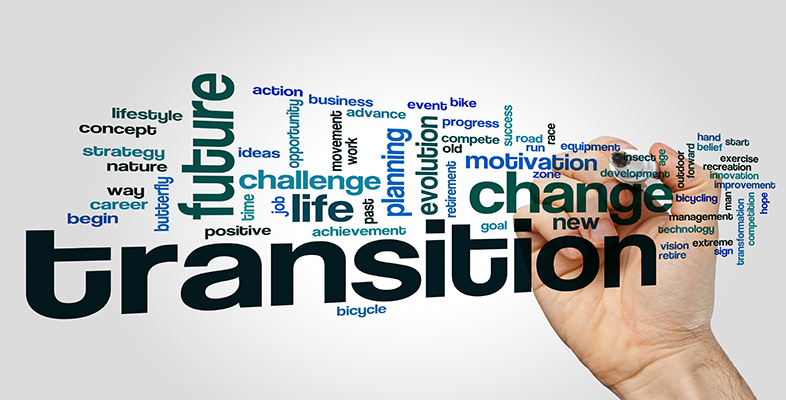5 Case study 4: Olympic athlete panel
In Activity 4 Josh discussed the transferable skills he learned in sport that benefited his new career. This is something that you will explore further in the next activity which features five Olympians who have transitioned out of sport into successful new careers.
Activity 5 Olympic athlete panel: why are former athletes attractive to employers?
Watch the video below from 24.58 to 31.17, which contains extracts from a panel of five former Olympic athletes talking about life after sport.
The five athletes featured in the video are (from left to right):
- Ashton Eaton (athletics − decathlon) who had been retired for two years when the video was made (2019) and was running his own company and working in an operations role
- Erin Cafaro MacKenzie (rowing) who had been retired for seven years and at the time of the video had just completed a research project. Erin was planning to start a company to support athlete and veteran career transitions
- Brianne Theisen-Eaton (athletics − heptathlon) who had been retired for two years and was working for an executive health and wellness company
- Emily Hughes (figure skating) who had been retired for nine years and was working for Johnson & Johnson in an operations role for the health technology team
- Margie Pedder (swimming) who had been retired for fifteen years and was working in Visa’s global sponsorship management group.
As you watch the video, answer the questions below.
- What did Brianne say helped her with the transition into life after sport?
- Why might former athletes be attractive to employers?
Transcript: Video 5
[24.58 to 31.17]
Discussion
- In the video you can see that the athletes, despite finding transition difficult, have successfully moved into careers outside competitive sport. Brianne discussed how working with a sport psychologist helped her to prepare for the transition and reflect on her identity and what she would say if after retirement someone on an aeroplane asked her what she did. She also spoke about the importance of work–life balance in her new career and consciously making time for family and friends.
- The panel discussed how retired athletes bring with them a wealth of transferable skills that are highly attractive to employers. These skills include communication, performing in front of an audience, team working, leadership, strong work ethic and goal setting. Margie stated that because of this she has hired a large number of former athletes. Emily highlighted that it can be difficult for athletes to recognise that they have these transferable skills, and that is where support services such as performance lifestyle programmes can help athletes to develop awareness of their skills and attributes.
